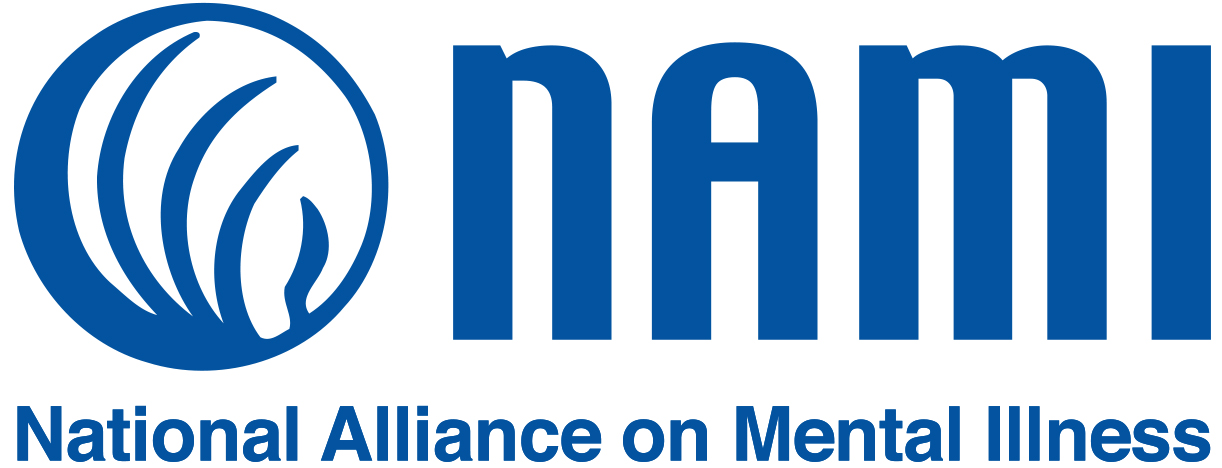Crisis Response
On This Page
A New Way to Respond to Crisis
Every year, millions of mental health or suicidal crisis calls have traditionally been made to 911 and local crisis lines. A mental health or suicidal crisis is any situation in which a person’s behavior puts them at risk of hurting themselves or others and/or prevents them from being able to function effectively in the community. For example, a person in crisis may experience one or more of the following: actively thinking about suicide or self-harm; erratic, unusual, risky or harmful behavior; delusions, paranoia or other psychotic symptoms; or extreme withdrawal from everyday life.
Unfortunately, when in-person help is needed, law enforcement — not a mental health professional — has often been the only response available. As a result, people in crisis, their families and their communities face avoidable trauma and tragedy.
- Since 2015, 1 in 5 fatal police shootings have been of people with mental illness (155 killed in 2023 alone), with 1 in 3 being people of color.
- People with mental illness are booked into the nation’s jails around 2 million times every year.
- Over 100,000 people died of a drug overdose in 2022 – a figure that has nearly quadrupled since 2002.
- Over 49,000 people died by suicide in 2022.
It doesn’t have to be this way. We can and we must do better, because a mental health crisis deserves a mental health response.
The Promise of 988
In 2020, Congress took an important step in reimagining crisis response by passing bipartisan legislation, the National Suicide Hotline Designation Act of 2020, to designate 988 as the new nationwide, three-digit number for mental health and suicidal crises.
People experiencing a mental health, substance use or suicide crisis can call, text or chat 988 to be connected to trained crisis counselors in the 988 Suicide and Crisis Lifeline network. These crisis counselors are trained to help anyone experiencing a mental health crisis or emotional distress.
This is a great step forward to help people in crisis — but the work continues. Many communities don’t have all of the crisis services in place to address everyone’s needs.
Together, We Can #ReimagineCrisis
Federal and state policymakers must act quickly to reimagine our response to mental health, substance use and suicidal crises.
A well-designed crisis response system can be the difference between life and death for people experiencing a psychiatric emergency. There are three core elements of the National Guidelines for Crisis Care:
The 988 Lifeline offers 24/7/365 confidential support for anyone in distress, and it is also available to people concerned about someone else. When someone contacts 988, they should ideally be connected to a local crisis call center with staff who are well-trained and experienced in responding to a wide range of mental health, substance use and suicidal crises and other types of emotional distress.
These crisis call centers should be able to connect people to local services, including dispatching mobile crisis teams (when needed), scheduling appointments with local community mental health providers and conducting follow-up calls.
For most callers, calling, texting or chatting 988 is the intervention, reducing the need for an in-person response.
As many contacts as possible should be answered by local call centers so they can connect an individual to additional services, like mobile crisis teams, if needed.
For someone in crisis who needs more support than can be offered over the phone, mobile crisis teams should be available to de-escalate crisis situations and connect the person to services and supports. Communities that currently have a robust crisis response system estimate that mobile crisis teams can resolve the immediate crisis for roughly two-thirds of dispatches, with no other urgent response requested.
Mobile crisis teams travel to an individual and provide assessment and stabilization, or they may help an individual go to a place that can offer a higher level of care. Mobile crisis teams should be staffed by behavioral health professionals, including peers with lived experience, and may also include health professionals like nurses or EMTs.
Mobile crisis teams should only include law enforcement when absolutely necessary from a public safety perspective. To ensure law enforcement are prepared for any instance where they might come into contact with a person in crisis, we need to continue to train police in de-escalating crisis situations. Local mental health crisis systems should coordinate closely with law enforcement so that law enforcement and 911 may hand off an individual needing mental health crisis services to the crisis system as early as possible.
Unfortunately, too few communities have mobile crisis teams in place. Funding is needed to help create these teams and fill in costs that can’t be billed to Medicaid or other insurers.
If someone needs a more intensive response, there must be an alternative to going to emergency rooms, which in many communities are ill-equipped to support people in crisis. Crisis stabilization options provide that alternative, often in a living room-like setting. Crisis receiving and stabilization facilities provide short-term observation and support services, often for less than 24 hours.
Ideally, strong crisis stabilization programs include peer supports, detox facilities, accept all police referrals with zero rejections and have dedicated areas for first responders to drop off an individual and turn around within 5-10 minutes. They should also accept walk-ins and turn no one away.
Effective crisis stabilization options provide a “warm hand-off” to post-crisis wraparound care, from peer supports to social supports to appointments with providers, that help most individuals treated by these crisis centers remain in the community. For some individuals, more intensive care may be needed, such as inpatient care or connection to short-term crisis facilities and crisis residential care.
Very few communities have access to crisis stabilization options. To make them more widespread, we need to remove barriers to insurance coverage for crisis stabilization services, as well as provide resources to cover infrastructure costs and the needs of uninsured individuals.
Policymakers Must Act Now
It will take ongoing federal, state and local action to implement this life-saving system of care in every community and ensure every person in crisis gets the help they need, when they need it.
Federal policymakers should require that crisis services be covered by all health insurers and provide substantial funding to states to cover services and costs that can’t be billed to insurance, like building capacity for the call centers and funding start-up costs for mobile crisis teams and crisis stabilization options.
At the state level, policymakers must pass legislation that sets requirements for 988 call centers and crisis response services and provide a way to sustainably fund 988 call centers and crisis services.
The Congressional legislation not only put 988 into law, but it also provided a tool—monthly fees on phone bills—to help states build a system that ensures a mental health response to mental health and suicidal crises. These are similar to 911 fees that people across the country already pay on their phone bills.
It’s urgent that policymakers act now to ensure there’s sufficient statewide capacity to help people experiencing a mental health or suicidal crisis. We cannot wait to #ReimagineCrisis.
Public Opinion on 988 & Crisis Response
A NAMI-Ipsos poll conducted in Summer 2024 found that awareness with the 988 Suicide & Crisis Lifeline has been consistent, but familiarity remains low since the last time it was measured, but large numbers still don’t know where to turn to for help in a mental health crisis. The findings also show strong support for federal funding, state funding, and health insurance coverage of crisis services.
- Nearly 9 in 10 people who are familiar with 988 trust they would receive the help they needed if they contacted 988. People who are familiar with 988 are more comfortable and more likely than adults at large (by 10 percentage points) to reach out to a 988 Suicide & Crisis Lifeline counselor for support during a mental health crisis or emergency.
- Overall, 82% of Americans trust they’d receive the help they need from 988 if they needed to contact it. Of those who have contacted 988 already, about two-thirds (68%) say they got the help they needed — a significant (13 percentage points) improvement from a year ago.
- About half (51%) of people said that being able to speak to a crisis counselor immediately is the most important factor in reaching out to 988. About four in five (79%) say they are more likely to contact 988 if they are able to speak to a crisis counselor immediately, reinforcing the need for ongoing investments to keep wait times down as demand increases.
- There is a significant knowledge gap about what situations are appropriate for 988. Thirty-eight percent of respondents don’t know what to do if someone they love is in a mental health crisis, while 51% aren’t sure when a situation is serious enough to contact 988. There is no threshold to reach to contact 988 — when someone is struggling, they should reach out to 988.
- People are supportive of funding for 988 — and insurance covering crisis care. More than 8 in 10 adults support federal funding (83%) or state funding (83%) for 988 Suicide & Crisis Lifeline call center operations and crisis response services. Nearly half of people say that 988 should be a high or the highest federal funding priority for Congress (49%). And 88% support requiring all health insurers to cover mental health crisis services, such as mobile crisis teams and crisis stabilization options.
- 3 in 4 Americans aren’t content with the status of mental health treatment in this country, and nearly 7 in 10 (69%) say people with mental health conditions face discrimination in their everyday life. Three in five (61%) say that mental health should be a high or the highest funding priority for Congress.


